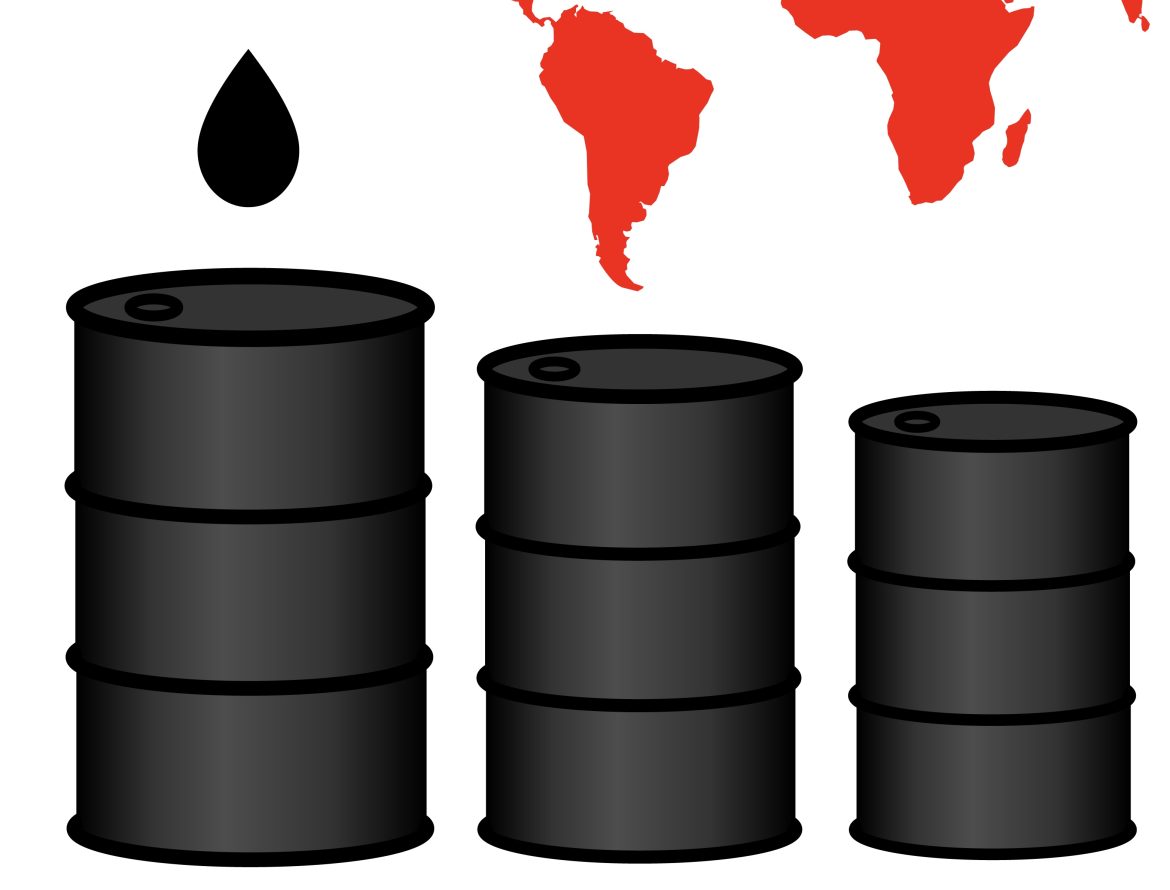KEY POINTS
- Brent crude and WTI hover near five-month lows as global demand weakens.
- US-China trade row and OPEC+ output raise fears of a looming oil glut in 2026.
- Analysts warn prices could slip below $50 a barrel if tensions intensify.
Oil prices extended their decline on Wednesday, clinging to five-month lows amid mounting anxiety over a renewed US-China trade spat and forecasts of an impending supply glut that could reshape the energy landscape next year.
Brent crude futures slipped by 23 cents, or 0.4%, to $62.16 per barrel, while West Texas Intermediate shed 14 cents to trade at $58.56 as of 11:11 a.m. EDT.
Both benchmarks hovered around their weakest levels since early May, continuing a week-long slide that has unnerved investors and energy traders alike.
Bank of America has warned that prices could tumble below $50 a barrel if trade hostilities deepen and OPEC+ maintains its current production trajectory.
The International Energy Agency’s latest outlook reinforced those concerns, projecting a potential oil surplus of up to four million barrels per day in 2026, a sharp revision from earlier forecasts as global supply outpaces tepid demand.
Trade Tensions Cloud Market Outlook
The trade rift between the world’s two largest oil consumers has flared anew, with Washington and Beijing imposing extra port fees on cargo shipments, threatening to disrupt freight flows and global supply chains.
The standoff has already cast a shadow over broader economic sentiment, with analysts warning of ripple effects across commodity markets.
US Treasury Secretary Scott Bessent, however, attempted to calm markets on Wednesday, insisting that Washington was not seeking escalation.
He revealed that President Donald Trump was prepared to meet his Chinese counterpart, Xi Jinping, in South Korea later this month to ease frictions
Still, signs of strain remain. Beijing last week expanded its export controls on rare earth minerals, a critical input for electronics and clean energy technologies, while Trump threatened to impose 100% tariffs on Chinese imports and tighten restrictions on software exports from November 1.
Meanwhile, China’s domestic economy shows continued weakness, with both consumer and producer prices sliding in September, underscoring the combined pressure from a property market slump and trade uncertainty.



